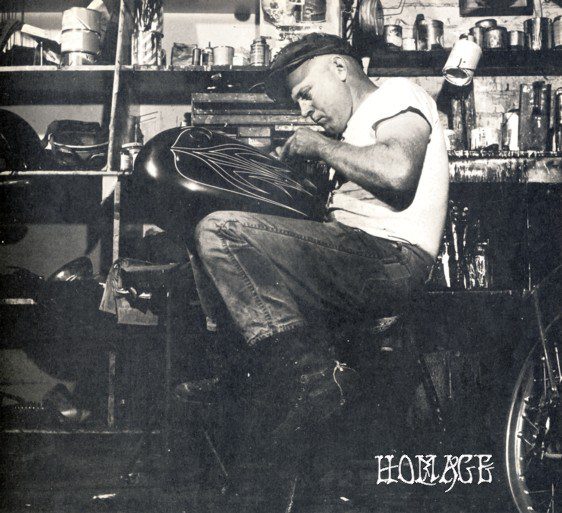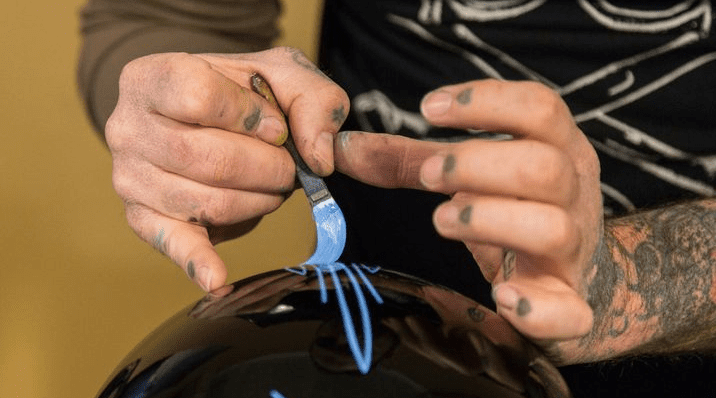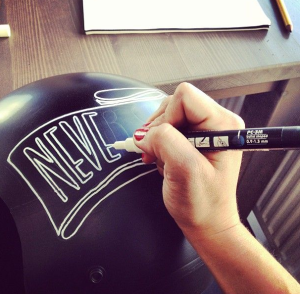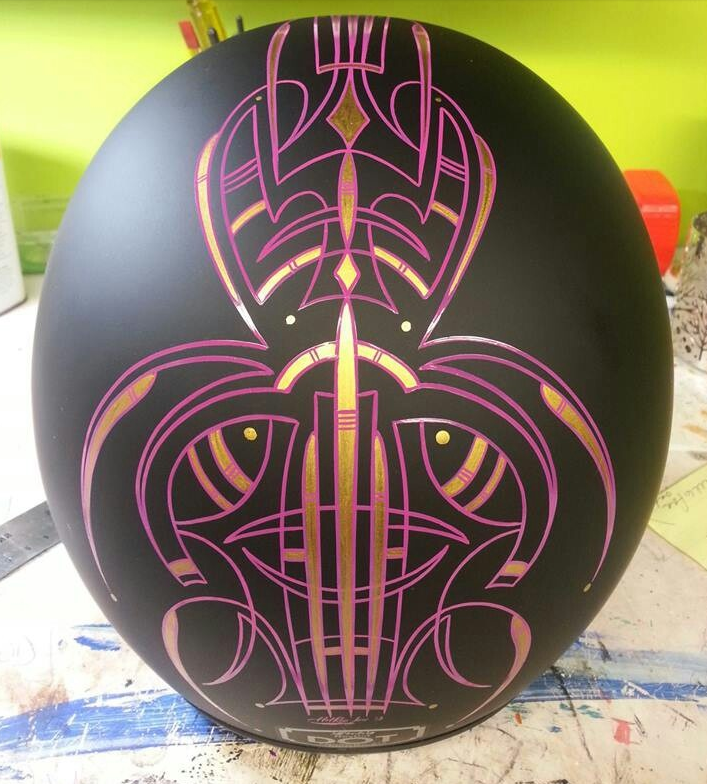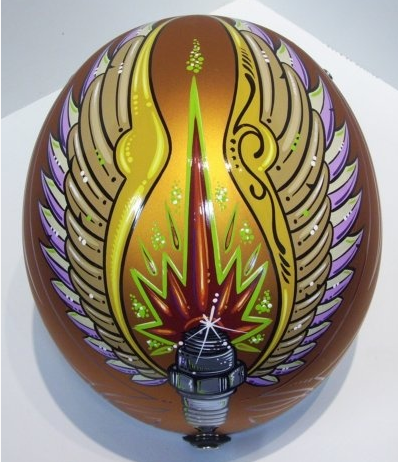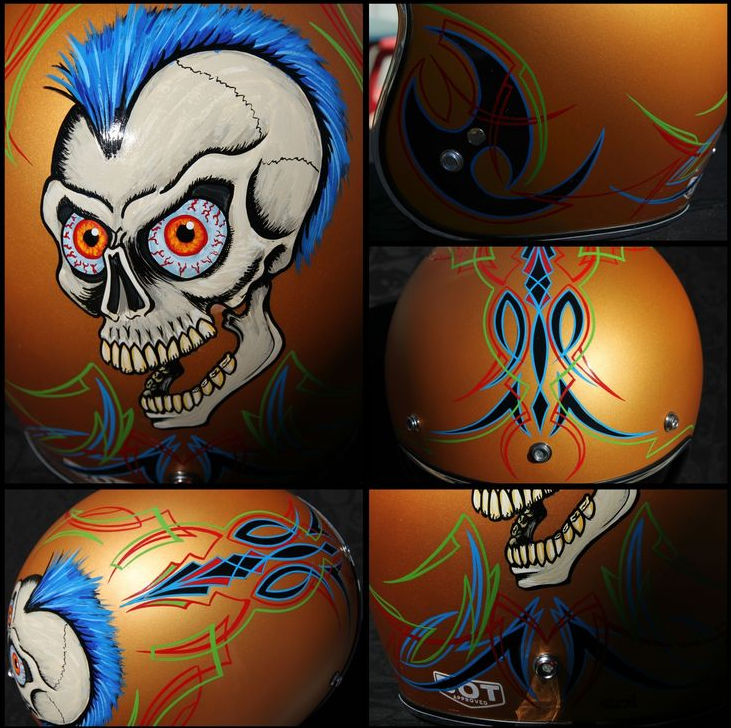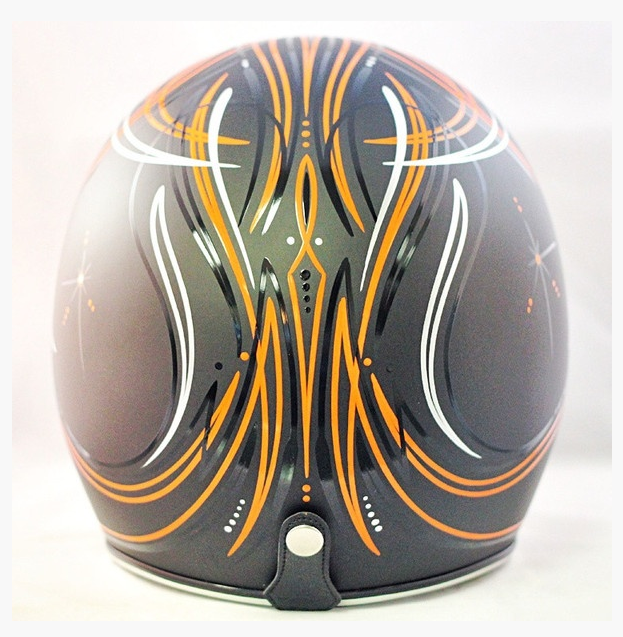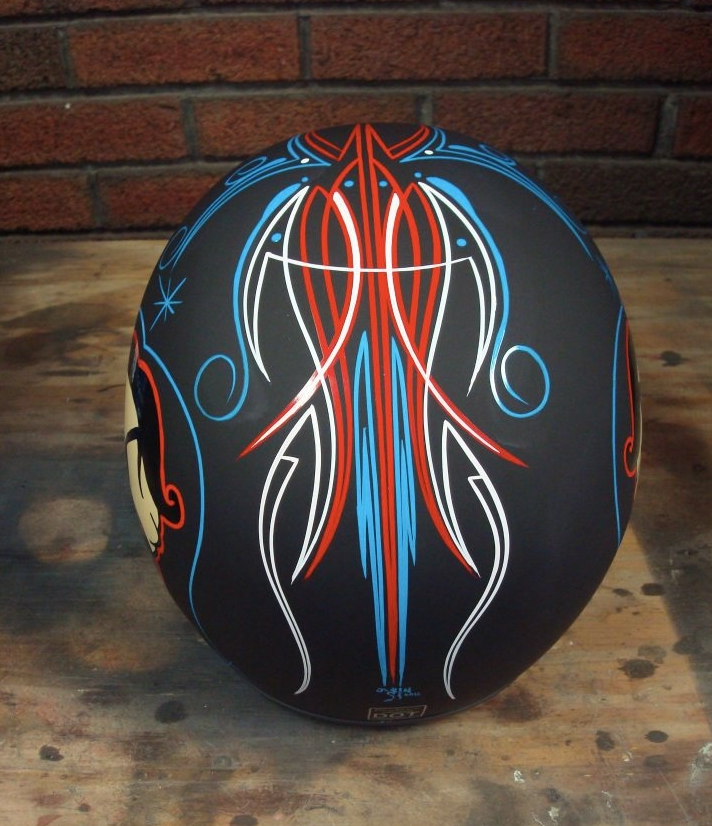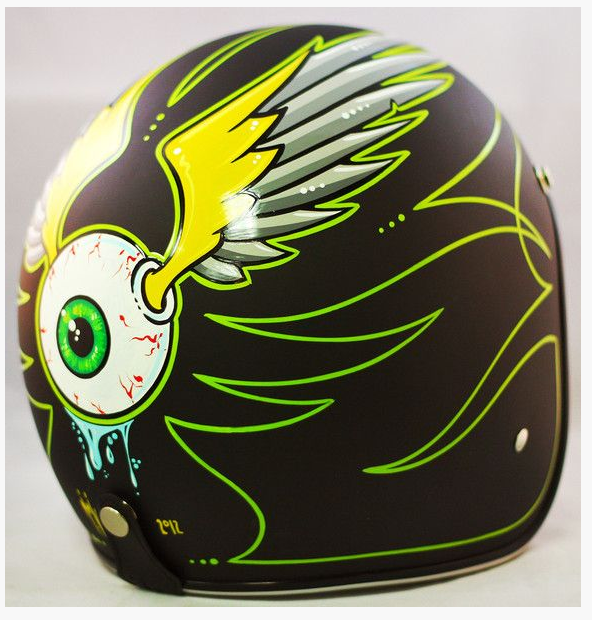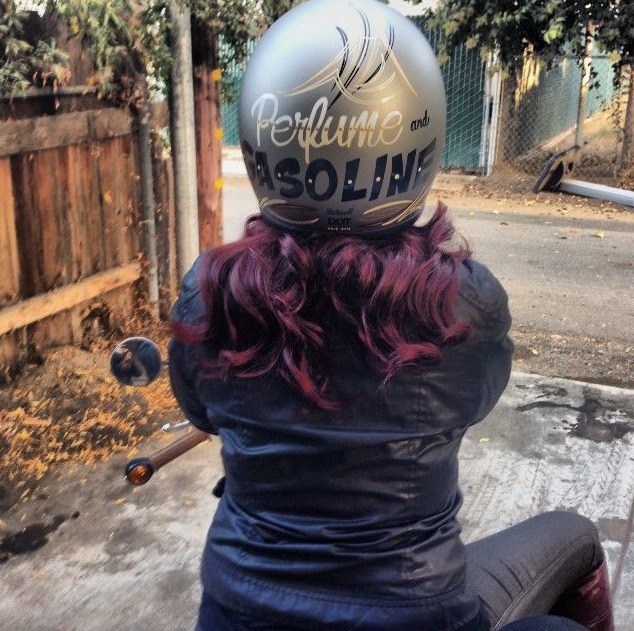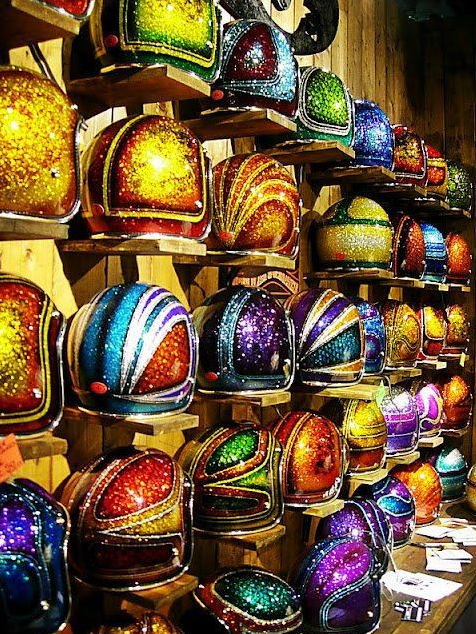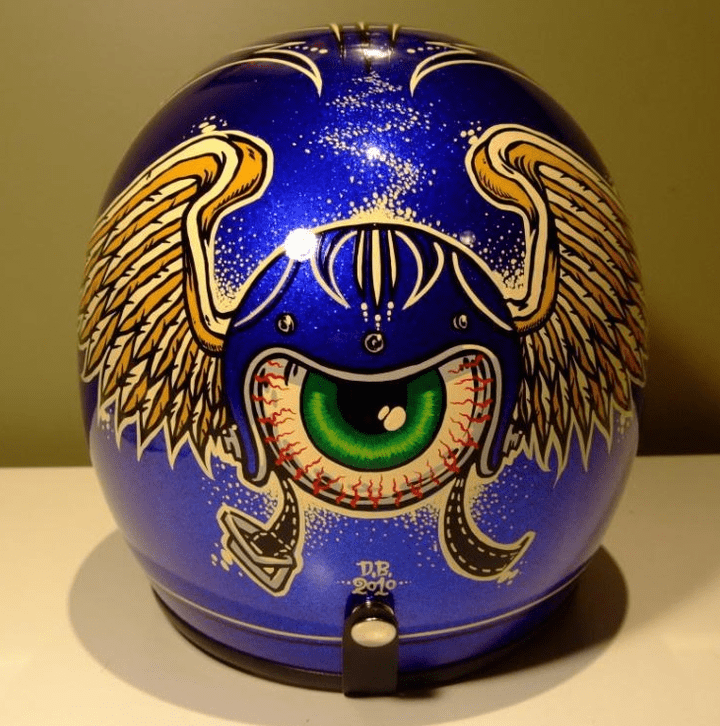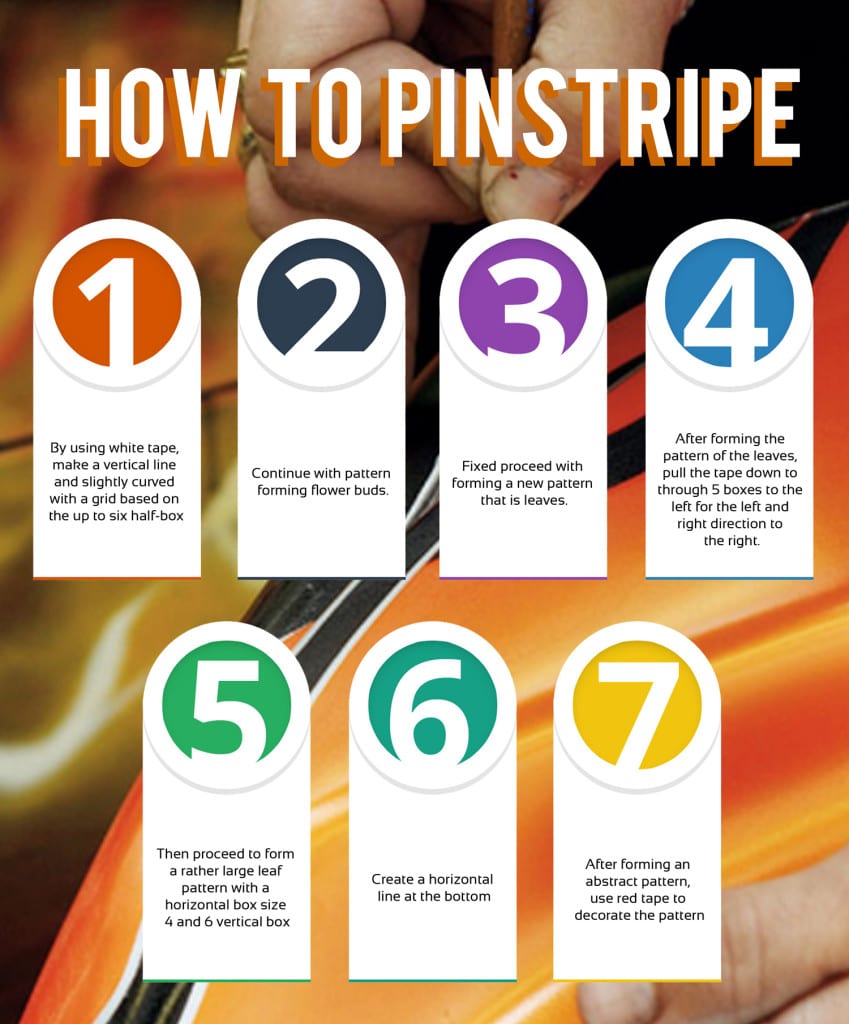What is it?
Pin striping (pinstriping) is the application of a very thin line of paint or other material called a pin stripe, and is generally used for decoration. Freehand pin stripers use a specialty brush known as a pinstriping brush. Fine lines in textiles are also called pin stripes. – wikipedia
History of Pinstriping
Pinstriping is the application of a very thin line of paint or other material onto a surface and is normally used for decoration. The goal of pin striping is to enhance the curves of a surface and provide a visual that pops. The lines are usually done in two colors, but there can be more. Normally, one is complementary to the body color of the object, and one provides contrast to make the stripes stand out. There are no set rules: color choice is purely a personal preference. Pinstriping is a line art that the French, Native Americans, South Pacific Islanders, Romans, and Greeks have all used in things such as cave paintings and even expressing spirituality.
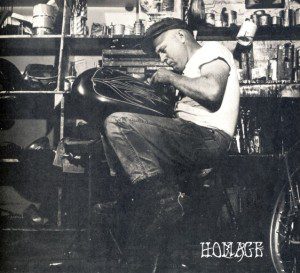
All you need to pinstripe anything is a broad imagination, lots of practice, and top notch supplies. Before starting, the surface being worked on must be completely clean. There can not be any grease, wax, or polish present. If the surface is not clean, there will be paint adhesion problems with the stripe and it may not stick. Below is a quick, basic overview of the three major pinstriping methods: mechanical pinstriping, striping with stencil tape, and freehand striping. Each method requires different techniques and equipment.
Mechanical Pinstriping – Mechanical pinstriping is applied by a machine on an assembly line. Mechanical pinstriping is the best method for striping long, large surfaces like trucks and vans. The key advantage to mechanical striping is that it lays stripes of consistent width, allowing more concentration on keeping the contour of the stripe aligned along the work surface.
Striping with Stencil Tape – Tape stripes are a cheaper alternative to paint. This method makes very clean, simple stripes, but limits and takes away the design creativity that has made the art popular. With stencil tapes, stripes of different colors can be layed without waiting for the others to dry. Simply run the tape along the side of the vehicle, pushing the tape down firmly, and pressing out the air bubbles and kinks paint can seep into. Then, peel the release tape from the surface and the guides are set. Stencil tape striping does require brushes. The pinstriping brush is the most important element for an excellent final result. Paint between the guides, and when the paint gets tacky, peel off the tape and view the final result.
Freehand Striping – The most advanced and difficult method involves painting the stripe by hand with a brush, but it allows for unlimited creativity and allows the artist to add their own flair. Freehand striping requires the most practice to master. Having the best possible tools and supplies is critical. A pinstriping brush is what is used for design in pin striping. Pinstriping brushes have several different designs, which include Sword and Dagger.
The bristles are typically made from squirrel hair, and the handles are unique as well. The handles are designed to be able to freely spin between the fingers. For beginners, the easiest way to freehand stripe is to lay a strip of masking tape about 1/4″ from where the painted line should be. Use the tape only as a visual guide for the stripes. Do not use standard masking tape for edging pinstripes. Pinstriping paint can and will seep through and bleed under the edge of standard masking tape.
Regardless of the design, pinstriping is one of the best ways to make a vehicle completely uniquely and customized. The stripes can be as plain or as fancy as patience and level of skill allow. Like anything worth doing right, practice will lead to worthwhile results.
Famous Pinstripers – The Original Line Makers
The very short list of only a few of the original line layers in the pinstriping world include the following:
- Indian Larry
- Kenny Howard, (aka Von Dutch)
- Dean Jeffries
- Dennis “Gibb” Gibbish
- Ed “Big Daddy” Roth – Creator of Rat Fink
Today’s Landscape
Just a few of today’s well known artists include:
- HotrodJen
- Zeke Lamenski
How to Pinstripe a Motorcycle Helmet Video
Helmets – Pin Striped
Here are some ideas to get your own pinstriped motorcycle helmet project started..
Recommend Books
For a deep dive on how and what some of the best pin stripers in the industry discovered their talents and perfected their craft, check out these books.
- Pinstriping Masters Techniques,Tricks,and Special F/X for Laying Down the Line – Craig Fraiser
- How To Pinstripe – Alan Johnson
- Herb Martinez’s Guide to Pinstriping – Herb Martinez


